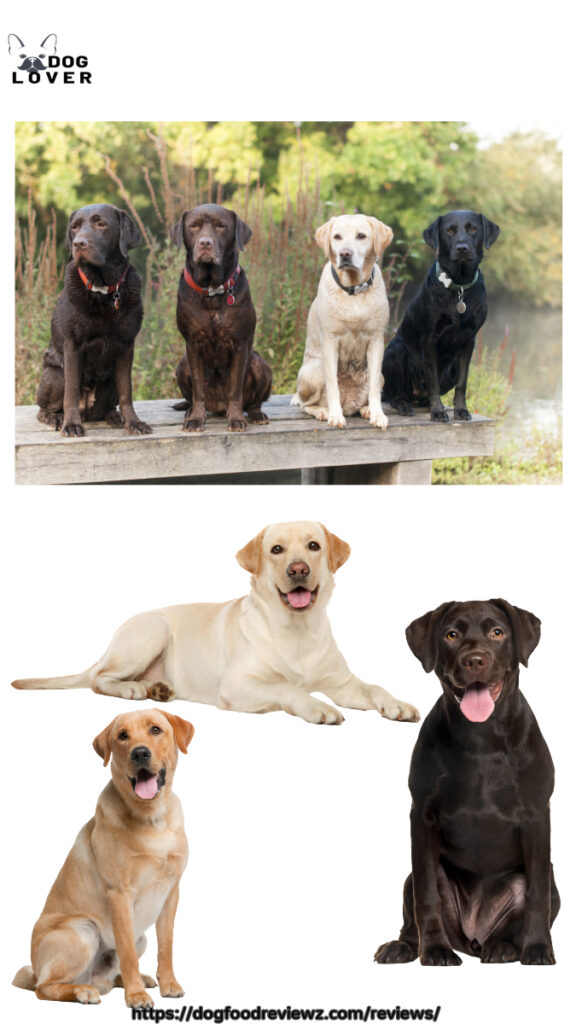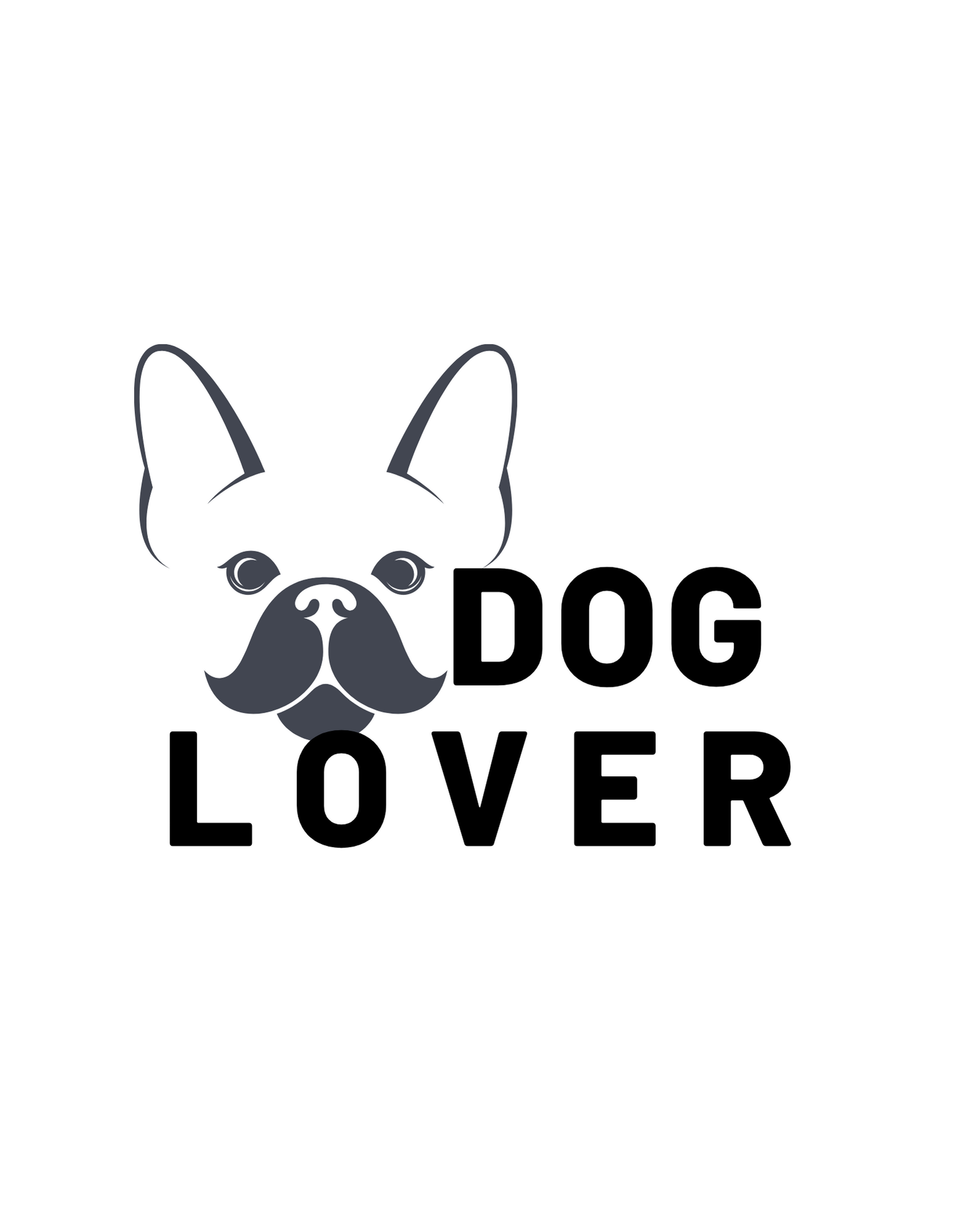The Labrador Retriever, or Lab, is a versatile hunting and sporting dog bred in the UK.
Known for their soft mouths, Labs excels as a service, guide, therapy, search and rescue, and detection dog.
They are highly intelligent, athletic, and family-friendly. Female Labs have reproductive cycles every 6 months.
This article explores their history, characteristics, temperament, care, and health issues.
Let’s dive right in.

History and Origin
Labrador Retrievers originated in Newfoundland in the 1500s, bred from St. John’s Water dogs by European settlers for their waterproof coats and webbed paws.
Brought to Britain, they were bred with hunting dogs, creating the Labrador Retriever. Their ancestry traces to ancient Greece, Epirus region.
Labs are hard-working, intelligent, and friendly, requiring minimal grooming but significant daily exercise.
Popular as service and guide dogs, they excel in search and rescue, detection, and therapy due to their trainability. In 2018, nearly 90,000 Labs were registered in the U.S. They are popular in the U.S., U.K., Australia, New Zealand, Israel, and Canada.
Physical Characteristics
The Labrador Retriever Breed physical traits are listed below:
| Size | Medium |
| Weight Range | Males – 65 to 80 pounds Females – 22 inches |
| Height at Withers | Males – 23 inches Females – 22 inches |
| Features | Naturally Floppy Ears Expressive Eyes Large, Broad Head |
| Exercise | Require 40 minutes per day |
| Lifespan | 10 to 12 years |
| Coat | Short, flat, dense double coat |
| Coat Colors | Yellow, Black, Chocolate |
Temperament and Personality
Labrador Retrievers are friendly, lovable, and sociable, bonding with all family members and getting along well with neighbors and other dogs.
They are playful and enjoy activities like swimming, fetch, and hiking. Labs are protective yet not aggressive, making excellent watchdogs.
They adapt well to new environments, including apartments, and are good with people of all ages and other animals.
While not naturally aggressive, they may show aggression if threatened. Labradors don’t cope well with being left alone for long periods and need early, consistent training. They require mental stimulation through interactive toys, puzzles, and regular exercise.
Care and Maintenance
Labrador Retrievers thrive on a diet high in fat and protein with low carbohydrates, requiring 4¼ to 5½ cups of food daily, depending on weight and activity level.
Learn more from our article on the 10 Best Dog Food for Labs.
Annual food costs range from $160 to $495, or $0.70 to $1.70 per day. They shed year-round, with increased shedding in spring and autumn, needing weekly brushing, or 3-4 times per week during shedding seasons.
Annual ownership costs between $1,060 and $10,000, or $88 to $833 monthly. Key expenses include $45 to $85 for vet care per month, $27 to $62.50 for food, and $240 to $600 for training.
Training and Socialization
Labrador Retrievers are highly trainable due to their intelligence, affability, and eagerness to please.
Training should begin around two months old, starting with simple cues and advancing to more complex commands.
Basic obedience typically takes six to seven months, with advanced skills requiring an additional three to six months.
Training is crucial for ensuring the safety of both the Labrador and those around them, helping them adapt to human lifestyles and avoid potential problems.
By their first birthday, Labradors can achieve reasonable training levels, contributing to a well-adjusted and obedient companion.
Health and Common Health Issues
Labrador Retrievers are susceptible to several genetic disorders, making health testing crucial. Key tests include:
- Hip Dysplasia: Abnormal hip joint formation causing arthritis and instability.
- Elbow Dysplasia: Various debilitating conditions affecting the elbow joints.
- Tricuspid Valve Dysplasia: A heart condition involving a malformed tricuspid valve.
- Centronuclear Myopathy: Similar to muscular dystrophy, affecting muscle function and causing an awkward gait.
- Exercise Intolerance and Collapse: Weakness and collapse after intense exercise.
- Progressive Retinal Atrophy (PRA): Gradual loss of vision leading to blindness.
- Narcolepsy: Sudden sleep attacks or seizure-like episodes.
These tests help prevent the transmission of genetic diseases to puppies.
Despite their popularity, Labradors are not hypoallergenic. They produce allergens found in their fur, dander, saliva, and urine, which can trigger allergic reactions in sensitive individuals.
While some people with allergies might manage these allergens, Labradors may not be ideal for those with severe sensitivities.
Activities and Roles
Labrador Retrievers were originally bred as hunting dogs in Newfoundland and the UK, specializing in retrieving game like waterfowl.
Today, they’re widely used as service and guide dogs, known for their versatility and endurance in various roles.
Adoption and Buying
Choosing a reputable Labrador Retriever breeder is crucial for a healthy dog. Here are ten top breeders in the U.S. to consider for your next companion:
- Michigan Elite Labradors, Wheeler, MI
- Empress Labradors, IL/WI border
- Simpson’s Labrador Retrievers, Red Bud, IL
- Dawson Labs, Claycomo, MO
- Hunters Point Kennel, Marshalltown, IA
- Horizon Labradors, Hart County, GA
- Silver & Charcoal Kennels, Greenwood, MS
- Snowy Pines White Labs, Ozark Mountains
Average Puppy Prices:
- U.S.: $800 – $1,200
- UK: £650 – £850
- Champion bloodlines: Up to $2,500 or more
Factors Affecting Price:
- Health testing and nutrition
- Color (e.g., silver Labs can be more expensive)
- English vs. American-bred
- Screening for congenital health issues
Labrador Retriever Rescue Clubs:
- U.S.: Labrador Retriever Club, Inc., Marysville, CA
- Canada: Labrador Retriever Club of Canada
- Europe: Labrador Retriever Rescue Southern England
Recognized Organizations:
- American Kennel Club
- Australian National Kennel Council
- Continental Kennel Club
- National Kennel Club
Fun Facts
Here are some fun facts about famous Labrador Retrievers:
- Ben starred in the 1980s TV series “The Adventures of Ben & Pippin.”
- Mia helped find survivors after the 2015 Nepal earthquake.
- President JFK’s Charlie was known for his playful nature.
- Buddy was the 2002 Winter Olympics mascot.
- Luath is a heroic Labrador in Sheila Burnford’s “The Incredible Journey.”
- Maggie appeared on “The Big Bang Theory.”
- Toby saved his owner from a house fire in 2009.
- Smoky had a full military funeral after WWII.
- Many celebrities own Labs.
- Kobe holds the record for catching the most balls in a single session.
Labrador Retrievers, with their intelligence, versatility, and friendly nature, excel in diverse roles from family pets to service dogs.
Their adaptability and loyalty make them an enduring and beloved breed.


